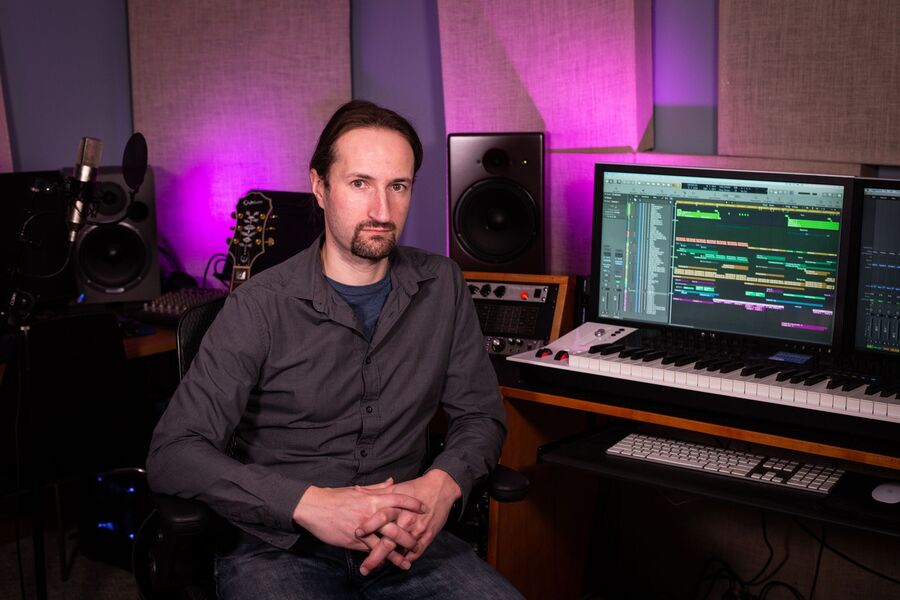
When it comes to our composer interview series, we have a formula that we don’t deviate too much from usually. The interview is with a particular composer — or composer team — and it’s regarding a specific project. But this time, we’ve got something a little bit different for everyone. We got the chance to have a chat with the auditory team that comprises SkewSound: Dan Crislip, Nick Kallman, Steve Pardo, and Chris Wilson. They represent an auditory team that has contributed audio work as well as music to a number of PlayStation titles, including Risk of Rain 2, Fated: The Silent Oath, Praey for the Gods, Disintegration, and a number of others. Come with us on this adventure as we talk about “Mickey Mousing”, how working as a larger team on disparate projects effects work, and the unification of sound design with that of creating a soundtrack!
Push Square: If you guys wouldn’t mind, please offer up just a quick little mention about what you each do for SkewSound, and then we can hop right in.
Subscribe to Push Square on YouTube166k
Dan: Being a small company we’ve all come to wear many hats. But our initial creative focuses were:
- Dan: Sound Designer / Director
- Nick: Sound Designer
- Steve: Composer
- Chris: Composer
We’ve grown to be incredibly technical in implementing audio and developing in Unreal, Unity, Wwise, and FMOD. We can fill any niche in many different development teams. Running the SkewSound business has also significantly expanded our professional toolset, from management and payroll to production and marketing. Steve is even teaching college courses.
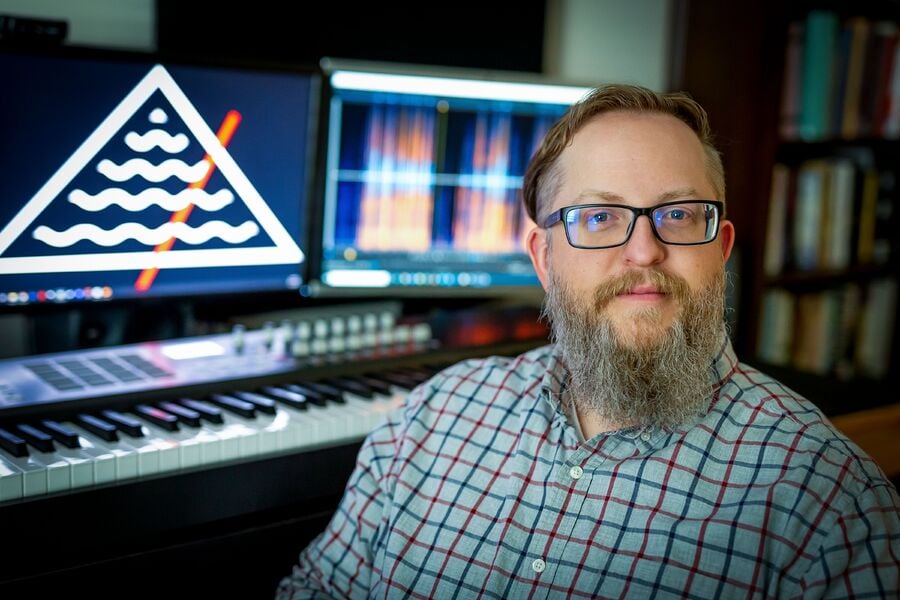
In what ways would you say your approaches to sound design shifted from when you were at Harmonix to now? And on the flip side, which approaches are you surprised to have had stick around?
Nick: When we all got started working on the audio team at Harmonix, our work was very specific to the music rhythm game genre, mostly transcribing guitar, bass, drum, and vocal parts via MIDI implementation. As a music-focused game design studio, the sound design in these games is very much inspired by the genre of music that the game is revolving around. For example, in the Rock Band games, you wouldn’t be surprised to only be designing sounds within rock music production, such as guitar squeals and slides, cymbal crashes and swells, drum hits, and rolls, which makes sense, right? As a musician myself, it was super cool to be able to begin my career as a sound designer working toward a sonic element that I was very familiar with!
I found that I was becoming passionate about sound design and technical sound implementation. Fortunately enough, we all got to work super closely on a new non-music game (thanks Dan!). Throughout this intensely creative season, the four of us grew to really enjoy working together and found that each of our primary disciplines, backgrounds, and personalities overlapped with and meshed really well together. For me personally, I was excited to branch out to try new and unexpected designs and this project and team collaboration really helped me flex my creative muscles!
Still, my musical background permeates my personal sound design efforts to this day, which is something all of us at SkewSound have in common. For example, when Steve and I were working on Signs of the Sojourner, I would make sure my musical sound design was meshing with (or intentionally contrasting with) the key and/or style of the music he was writing. It’s by no means a new concept, but my time at Harmonix certainly allowed me to put those music theory courses at Berklee into practice!
Some platforms are naturally better than others, so what problems, as well as advantages, would you say there are to working on Playstation projects? Or are there any?
Steve: Normally, when we are approaching a new project we are more so focused on the narrative and game design in order to come up with a unique sonic approach for the needs and creative interests of the game. Audio support for games at this point is generally equally supported across the board, thanks to audio middleware solutions such as Audiokinetic’s Wwise, and the compromises necessary from one console to another have become somewhat negligible, making our job a lot easier and more creatively rewarding! We are free to focus on making the game sound as interesting, unique, and acoustically sound as possible.
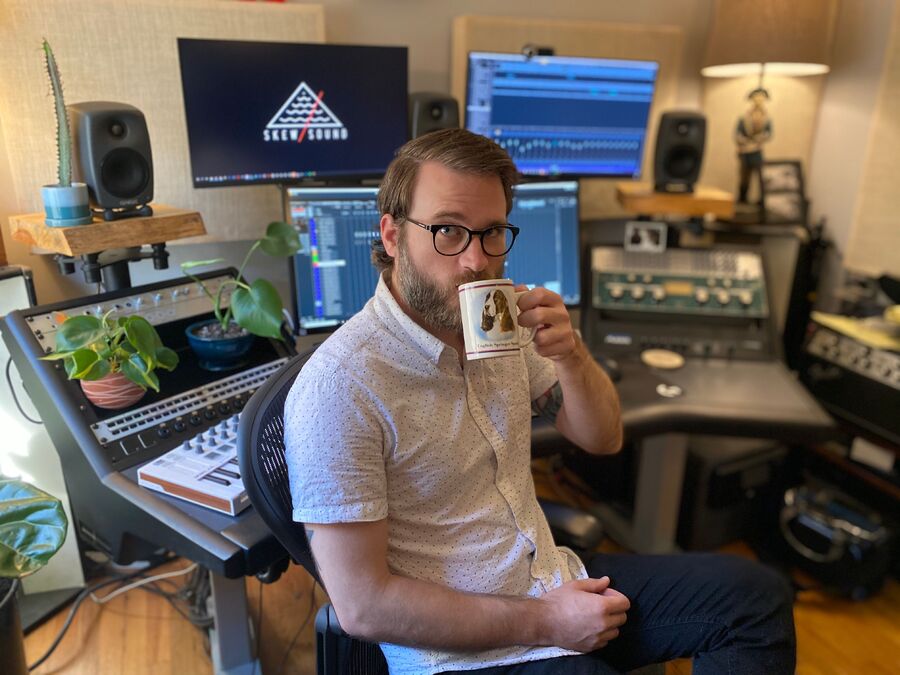
In what ways does working as a group of composers change the way you approach projects? Or does it? Do you approach solo projects the same way you would approach when working as a unit?
SkewSound: Working as a group of composers definitely changes how we approach projects; in many ways it really defines it. As musicians we all speak the same language, helping us to come to a consensus about the direction we want to take much more quickly. Furthermore, we try to consider the audio landscape of a project holistically, understanding that both music and sound design have their roles in helping to tell the story. In some cases, the support of the story comes from having those elements work together in harmony, but other times it serves the project better to have them be at odds with each other. Our backgrounds really help us to find and articulate to each other and our clients how all these elements are used to bring a project to the next immersive level.
We try to collaborate as a team on every project that comes through the SkewSound doors. For example, even if just one of us is assigned to a given project, we can request feedback on our work via an established internal feedback loop that we’ve all come to rely upon. Always sharing our progress and trusting the opinions of the team has helped each of us mature as composers and sound designers.
What goes into sound design that on a broader surface that you might not expect an average person to notice or pay attention to? Because there’s, of course, a degree of artistry to even designed silence.
Nick: Silence, breaths, or rests in the soundscape are crucial. It helps the more impactful moments be that much more intense. There is no light without the darkness, or whatever that phrase is. Even in a very short sound, like a gunshot, there is a story to tell. The click of the trigger, a brief gap of silence, then the burst of the propellant, the doppler whoosh of the projectile, and finally the exhale of the tail. It all happens in less than a second, but that nuanced ‘story’ feels so much more impactful than just a simple explosive transient.
Steve: Similarly, in scoring for film or games, we have the option to approach scoring what’s happening on screen in a number of ways. The music can line up precisely to the motion or intensity, otherwise known as “Mickey Mouse”-ing, or the music can serve in a more ambient fashion as an environmental texture that helps reflect the mood or feeling the viewer should be internalizing. And sometimes, silence is best used. John Williams is a brilliant “composer” of silence, an incredible example being the Death Star Trench Run sequence. It’s worth another listen for those familiar with his best work.
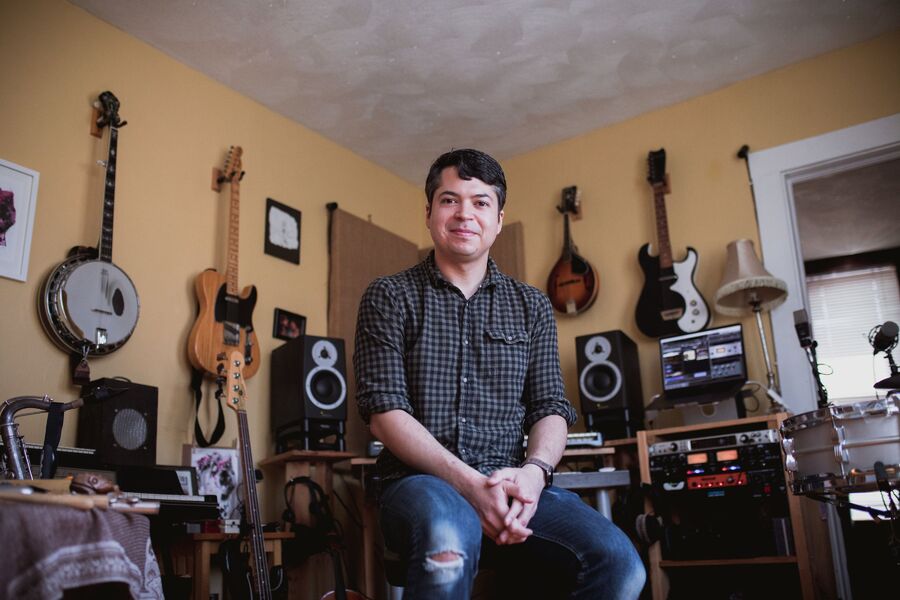
Are there any games you wound up doing one of the sound designs or soundtracks for but found you had more ideas pertaining to the other? Or are there any projects you were hired on to do just one of the general sound design or the soundtrack but wound up doing both?
Dan: While designing the sounds for the stark atmosphere and boss encounters of Praey for the Gods, I definitely had suggestions regarding the soundtrack, which was composed by Ian Dorsch. As he was a long-time friend, communication and collaboration were key, resulting in a successful partnership and an amazing experience during development. I loved his music so much that I also had him help design some of the layers for pickups and UI elements so that they would better express the tone of his music.
Nick: One of our values at SkewSound is to try new things and push game audio in a positive direction. With that in mind, when I began to work on Risk of Rain 2, I had a lot of ideas regarding the interactive music system for the game even though we weren’t composing the music. Chris Christodoulou was the composer of Risk of Rain 1 and continued his amazing work on Risk of Rain 2. He and I talked in-depth about these ambitious music system ideas and eventually propped them up in-game during development. It’s important that Chris and I had these conversations early on, because the system his music would plug into would inform how he approached composing and exporting the music. The system envisioned would take into account many game parameters, such as difficulty, danger to the player, intensity, etc. to drive changes in the music. However, because of the nature of the game, after the third or fourth stage all of these parameters would be at a constant 11, meaning we would lose that silence or breath in the music and it would become too repetitive. That’s great for boss battles that last a few minutes, but not for exploring a stage that you can spend 10-15 minutes on. We adjusted our approach to the music system to work better with the game. It always comes down to what best serves the project, not necessarily what is cutting-edge or complicated.
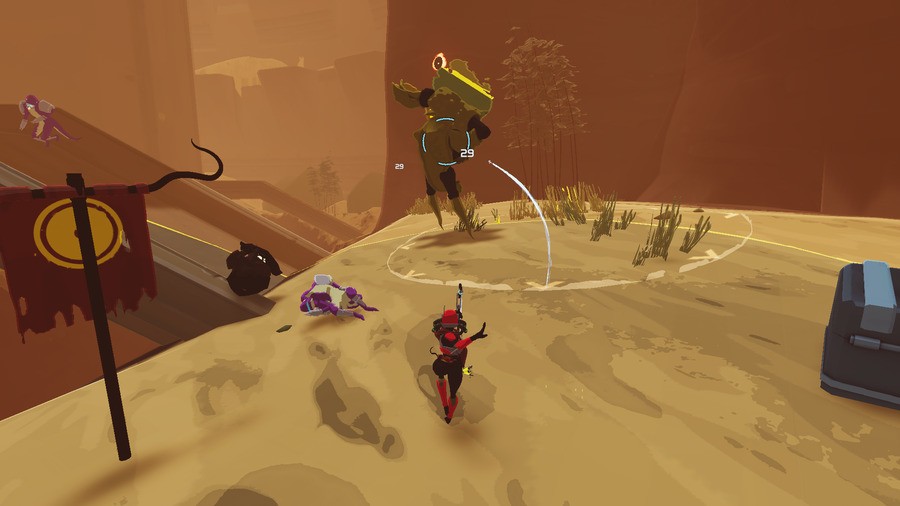
Of your Playstation projects (Risk of Rain 2, Fated: The Silent Oath, Disintegration, among others) which ones gave you the most trouble? An aspect you just couldn’t get quite right? And what wound up being the solution to it?
Dan: Going back to the middleware solutions, particularly Wwise by AudioKinetic, they are often the right tool for the most difficult problems. The right tools, coupled with engineering support on the audio systems, results in faster delivery, more efficient iteration, and a higher level of quality. That said, the hardest situations are when developers don’t use middleware or don’t expect to support implementation challenges that inevitably arise. Those always require more time and effort to get the same level of quality. My favorite analogy to put to developers is to ask them if they would ever encourage their artists to use MS Paint in the creation of concepts and textures, and if that would still be as effective. Most developers understand that the time to accomplish equivalent quality would be substantial without professional tools such as Photoshop. The same can absolutely be said for audio tools.
Nick: This isn’t a platform-specific problem that arose, but a player-experience one. Like Steve previously mentioned, we’re more focused on supporting the narrative and game design. In Risk of Rain 2, the game can get wild. It was a belief of Hopoo Games, (the developers of Risk of Rain 2), that ‘breaking’ games is fun. Discovering that exploit that made you super powerful was a fun mechanic. So why not build an entire game around it? Risk of Rain [1] and 2 do just that. Encouraging the player to ‘break’ the game by stacking items and becoming ultra-powerful. But with that came a ton of audio hurdles. One in particular was reverb. As a run progresses, the player picks up items. The longer the run, the more items. And items can do bizarre things, like cause enemies to explode with fire, to more typical things, like increase your attack or run speed. All of these items can stack, most infinitely. Because of this, and the fact that more and more enemies will randomly spawn, managing environmental reverb so it didn’t just become a giant, blurry wash of noise was a daunting task. The simplest solution was to just remove environmental reverb from the game. And that’s exactly what we did. There is no runtime reverb present in any of the worlds of Risk of Rain 2. I actually quite like it. It helps sell the alien landscapes in a subtle way and keeps the end-game cacophony a bit clearer. Audio still has to communicate important gameplay elements to the player even in all this, but that’s a whole other system.
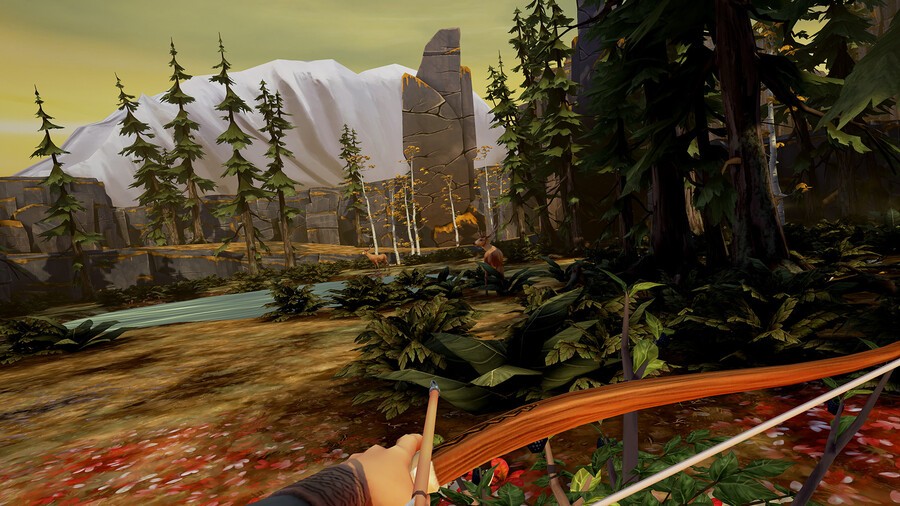
The sources for individual sounds in the field of sound design can often be rather strange or unexpected. Any particularly well-known or well-regarded sound effects in any of your projects that come from a source no one could possibly fathom or guess?
Dan: While we don’t really have any sounds that we would consider iconic in the franchises that we’ve contributed toward, we’ll definitely share some of the most interesting ways we’ve designed sounds for some of our shipped titles!
Nick: This isn’t a new concept but I’ll use mouth sounds a lot, especially for whooshes and other white noise doppler or filter-sweep effects. It’s pretty easy to toss a mic up, make the sound you want to with your mouth or body, and manipulate it from there to not sound like some fool making sounds with their mouth. Signs of the Sojourner has a lot of this with all the small UI whooshes, blips, and clicks. One of my goals with that project's sound design was to have an ASMR-like soundscape, and I think incorporating some mouth sounds into the designs certainly assisted with that. I still have a goal of doing an entire project with just mouth sounds.
Chris: I often build custom instruments for the soundtracks of various projects we undertake. One approach I’m big on is creating music that feels like it lives in that world and that often leads to new and creative approaches to making music. However, these franken-instruments don’t need to be saved for just the soundtrack; often they can be a great source of new and weird sounds that can be used for sound design. Resonant impacts, creature vocalizations, and eerie ambient elements are all great examples of what we create using those instruments. One of the big benefits of using them in a sound design capacity is the sense of cohesion between the music and sound design that I really love.
Dan: One odd sound source I like sharing is the fact that I can whistle in a way that sounds just like a cricket. I've used my cricket-whistle in almost every game I've made. My favorite use is when you fail out of a song in the Rock Band games, amidst the crowd booing, you can hear a subtle cricket chirping away. That's me!
Another odd source I've started using in recent years is using iZotope's RX Spectral De-noise plugin. Rather than using it to remove noise from recordings, I've started exporting only the noise. The result is often a weird mix of transient artifacts and filter sweeps, which can add flavor to a lot of design. My favorite is using that approach on thunder.
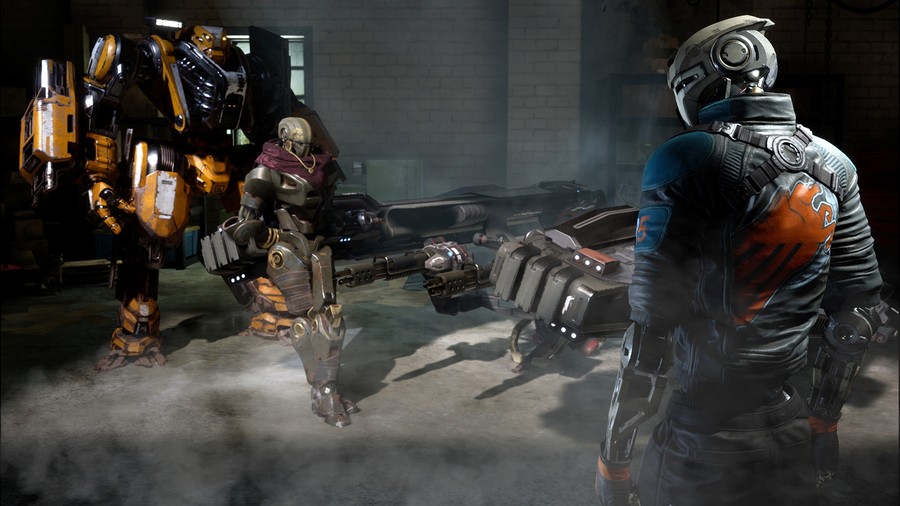
And finally, my favorite way to close off first time interviews is to ask how you found your way into the industry. What brought you to games? Something you had been angling for all along? Or was it more fortuitous happenstance that brought you here?
Dan: For me, it all started playing Final Fantasy VII. The music was so epic that I knew I’d be making music for games. Post-college, my best friend became an artist at a studio and helped me at least get in for an interview. I wasn’t experienced, but I knew the tools and had the passion to do my best. They never regretted it and neither did I!
Nick: Honestly, I kinda just fell into it. I played a ton of PC, NES, and SNES games growing up but didn’t imagine them being a career. I had the goal of becoming a recording engineer. After music college, I was working at a grocery store and had a random chance to interview for a QA job at Harmonix. I was offered the job in QA and after a couple of years there, I saw audio work in games was something that interested me, and transferred to the audio team when a spot opened up. Luckily it turns out, I’m pretty good at it.
Steve: I’ve been playing games since the original NES days. I’ll never forget seeing the original Metroid for the first time. I immediately understood how rich and atmospheric a video game could be. I composed my first piece of music in Mario Paint for SNES, and when I was in college, had hoped that I would compose for games at some point in the future. Little did I know that my first job out of school would be working on The Beatles: Rock Band and the rest is history.
Chris: I grew up in the age of classic NES games: Zelda, Metroid, and Contra. I spent hours playing but never considered it as a career path. Instead, I went to college for audio engineering and music business thinking I’d work in the recording industry. After a couple years of freelancing in studios, and a chance comment from my roommate who overheard a track I was writing in my spare time (“you know, this would be great video game music”), I decided to see if I could actually hack it making video games. A chance connection of my girlfriend (now wife), had in the gamelan ensemble she played in got my resume on the desk of the audio director at Harmonix, and I’ve been doing this ever since.
And there you have it! Some slightly different subject matter than these are normally focused on, but a fascinating look into the minds at SkewSound all the same! If you're curious to see more about the team or what they do, check them out on their website.





Comments 1
@Jimmer-jammer Yeah some pretty amazing workstations there!
Show Comments
Leave A Comment
Hold on there, you need to login to post a comment...